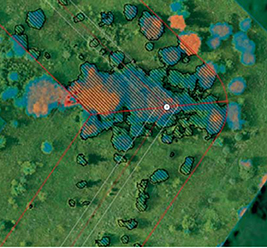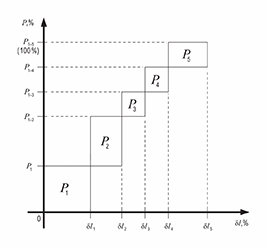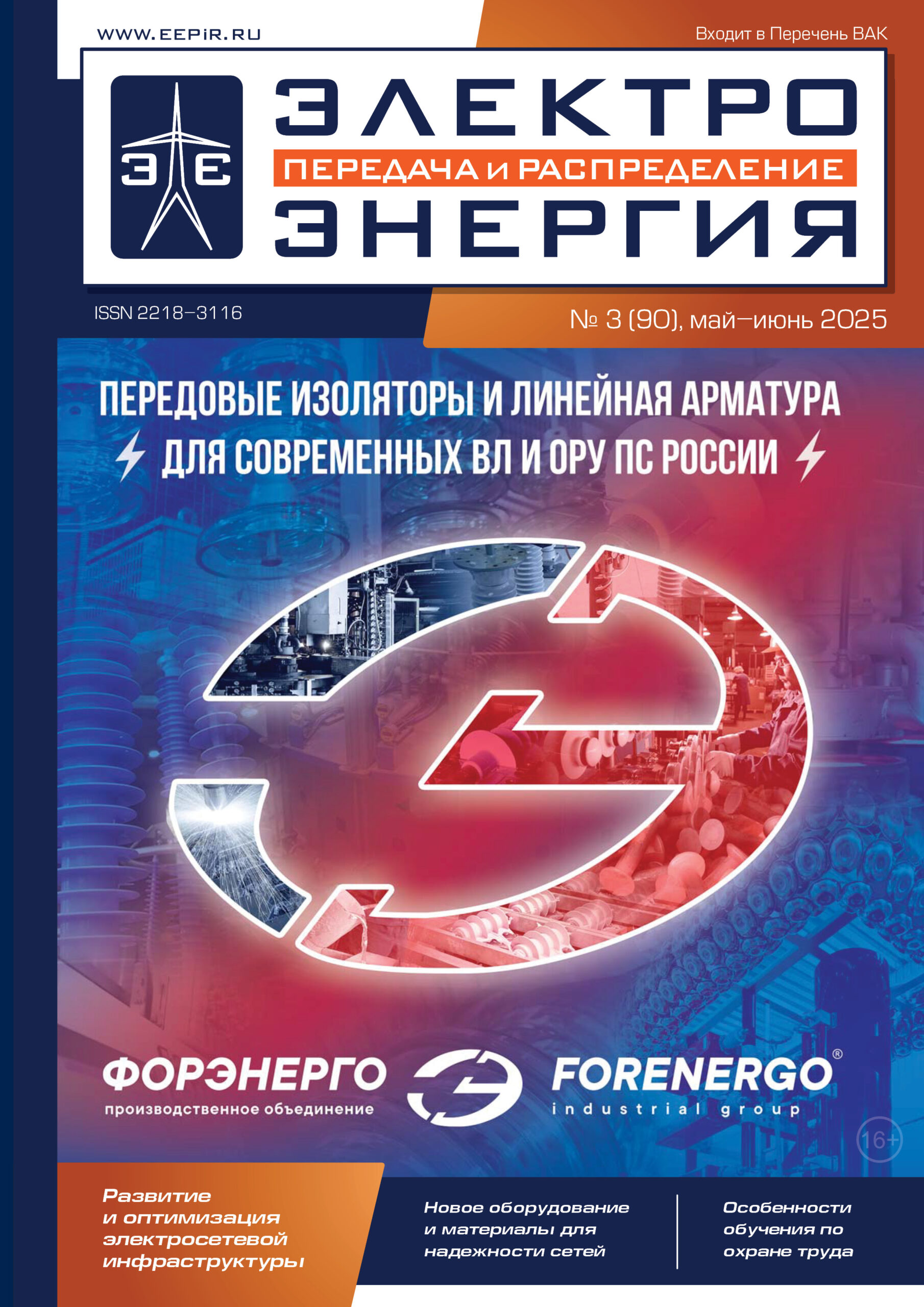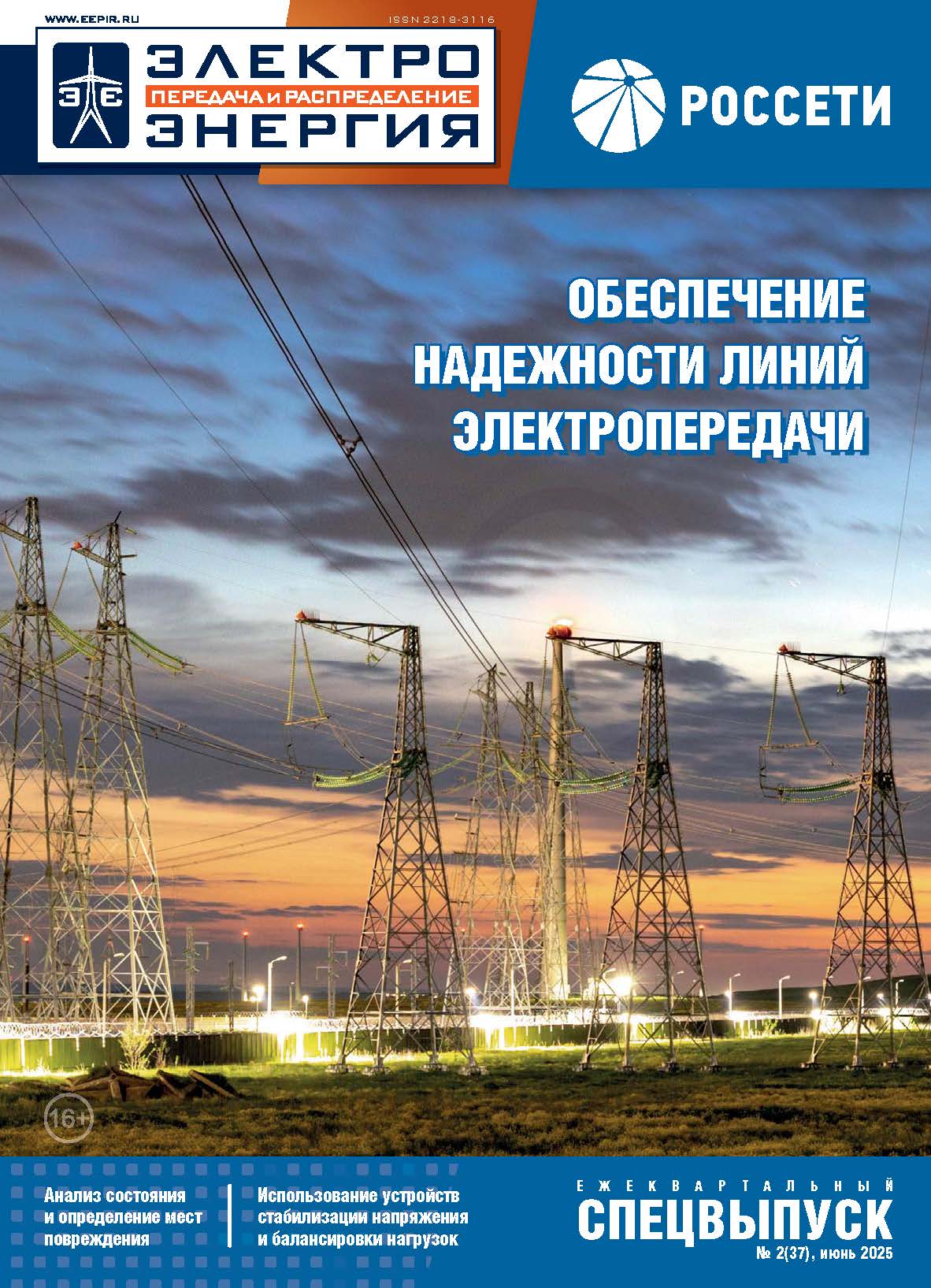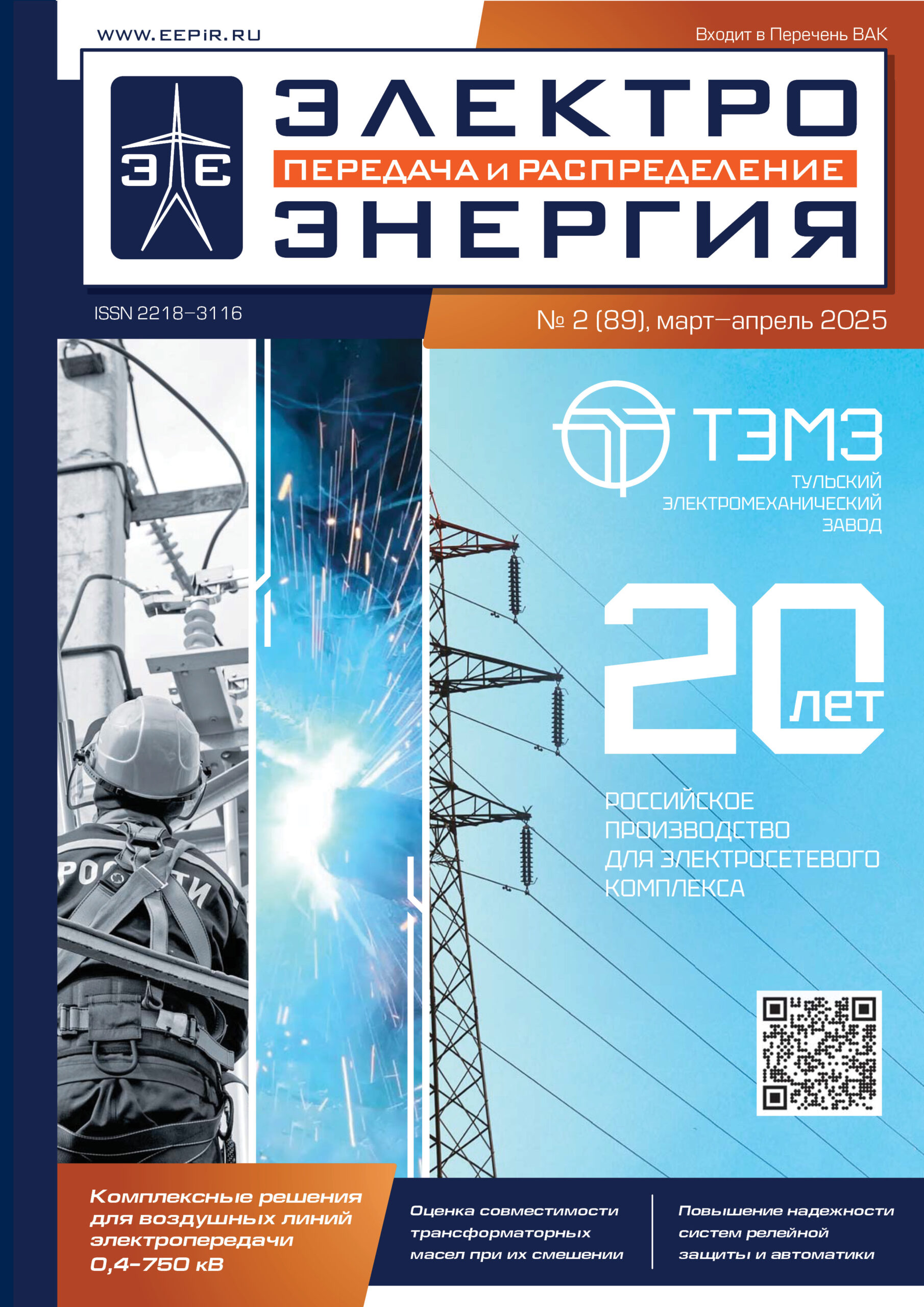
The MAIN JOURNAL for POWER GRID SPECIALISTS in RUSSIA

44
August 25–29, France, Paris
Solving Tasks of Preventing
and Reducing LLC “Gazprom
Energo” Power Equipment
Malfunctions
Sergey ASOSKOV (
Сергей
АСОСКОВ
), Chief Engineer,
First Deputy Director General,
Vladislav KRUPOVICH (
Владислав
КРУПОВИЧ
), Advisor to Director General,
Interim Deputy Director General for Automation,
Alexander TSAPENKO (
Александр
ЦАПЕНКО
), Engineer,
Industrial Engineering Division of Technical Department, LLC “Gazprom Energo”
W
ithin the framework of implementation
of JSC “Gazprom” energy strategy, LLC
“Gazprom Energo” was assigned the role
of a uni
fi
ed power grid company. LLC
“Gazprom Energo” renders a full range of services on
power supply of JSC “Gazprom” subsidiaries, as well as
outside consumers by efforts of 11 branches in 42 subjects
of RF.
One of the basic kinds of activities of LLC “Gazprom
Energo” is creation and use of data bases and information
resources of automated systems, development and
implementation of energy saving projects. At present,
LLC “Gazprom Energo” works on integrating energy
saving systems that are an integral part of LLC “Gazprom
Energo” general policy in the
fi
eld of energy saving.
Energy saving is a constituent of the problem of
ensuring energy security, which is characterized by three
main factors:
• ability of the energy sector to meet the demand with an
adequate quantity of proper-quality energy resources
(electric power quality);
• ability of the energy sector to ef
fi
ciently use energy
resources (energy saving, energy ef
fi
ciency);
• ability of the energy sector to ensure sustainability to
man-made and natural threats, minimize the damage
caused by these threats.
IT-aspect of ensuring energy security must be a part
of preventive measures, main purposes of which are the
following:
• to obtain precise and timely information on a wide
geographical scale;
• to ensure preemptive reporting on emergencies,
destructive impacts on energy systems, including
electromagnetic terrorist acts;
• to prevent sustainability losses and emergency outages
of energy systems on the basis of energy system
dynamic behavior forecasting.
These objectives can be accomplished by deployment
in LLC “Gazprom Energo” energy system of an automated
energy quality data measuring system (AEQDMS).
The goals of AEQDMS are:
•
measuring energy ef
fi
ciency indicators (SAIDI,
SAIFI, MAIFI) and reliability level of energy system
components;
• measuring electric power quality indicators (GOST
13109-97, GOST R 51317.4.30-2008);
• identifying power equipment by current and voltage
harmonics, diagnostics and remaining life estimation;
• searching for a source of disturbances in the energy
system.
AEQDMS initially aims at solving tasks of energy
equipment condition-based diagnostics, remaining life
estimation and search for a source of disturbances and at
the same time processes and displays information based on
electric power quality requirements and energy ef
fi
ciency
indicators. This fully meets requirements of Federal Law
№
382-
ФЗ
“On the public information system of the fuel
and energy sector” of 03.12.2011, Article 10 “Kinds of
Real Time Monitoring
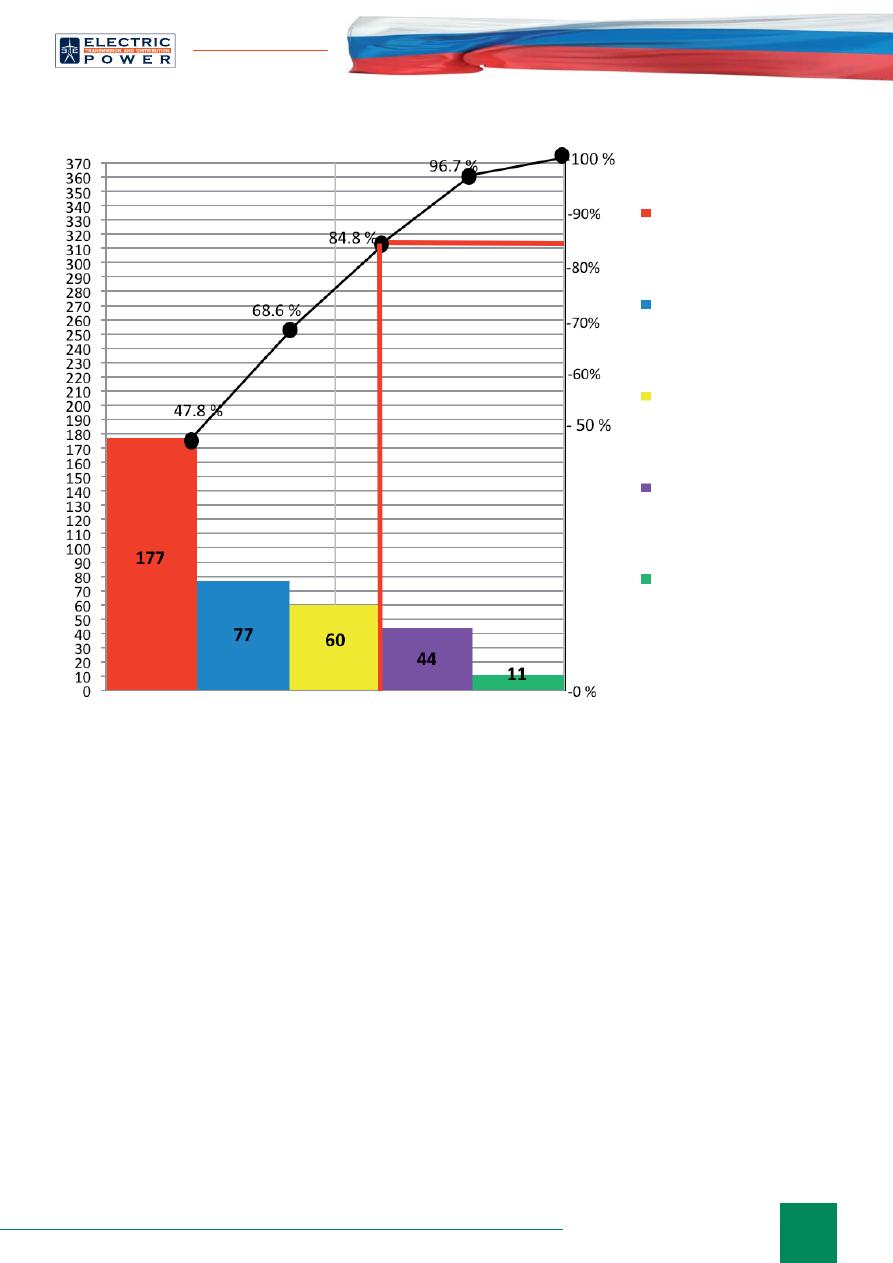
45
info@eepr.ru, www.eepr.ru
External power supply inter-
ruption
Unsatisfactory technical
condition of power equip-
ment
Outside impacts
Erroneous or improper
actions of third-party
organization’s personnel
Erroneous or improper
actions of maintenance
personnel of the
subdivision
information subject to inclusion in the public information
system of the fuel and energy sector (FES): information on
characteristics of energy resources, including that of their
quality (p.7); information in the
fi
eld of energy saving and
energy ef
fi
ciency improvement (p.15); information on
man-made and natural emergencies, incidents or accidents
posing threats to security at FES facilities (p.20)”, which
came into force on 01.01.2012.
The conducted analysis shows that the main cause
of malfunctions of LLC “Gazprom Energo” systems in
2008—2012 is (Fig. 1) external power supply interruptions
— about 50% of all cases of malfunctions, about 20% of
all cases are caused by inadequate technical condition of
energy facilities, which is almost comparable to external
impacts — 15%.
AEQDMS integration in LLC “Gazprom Energo”
energy system, in combination with measures implemented
by LLC “Gazprom Energo” on prevention and reduction of
the number of power equipment malfunctions, will make
it possible to greatly reduce the probability of occurrence
of main causes of power equipment failures, which
in
fl
uence energy system security. Besides, it will enable
continuous monitoring of energy system actual condition,
preventing probable malfunctions and analyzing accidents
and incidents that have already taken place.
At present, target values of consumer power supply
reliability and quality indicators are determined by
regulatory authorities while establishing tariffs for
electric power transmission. These rates take into account
the average power supply interruption time at all power
supply points in the region.
At the same time, in accordance with international
standards, reliability of grid organizations is estimated
depending on ef
fi
ciency of their activities with respect to
end consumers.
In accordance with the RF power grid sector
development strategy, approved by the regulation of RF
Government of 03.04.2013
№
551-
р
, by 2017 all power
grid organizations will be collecting data on power
supply reliability and quality and calculating respective
indicators using internationally accepted methods. With
this purpose, actions are undertaken to establish, in
power grid companies, the order of data recording with
the use of measuring means, as well as to use selective
audit procedures and methods of their correlation with
consumers’ complaints.
Distribution grid organizations will use the System
Average Interruption Frequency Index (SAIFI)
and System Average Interruption Duration Index
(SAIDI).
Fig.1. Causes of interruptions in power equipment operation
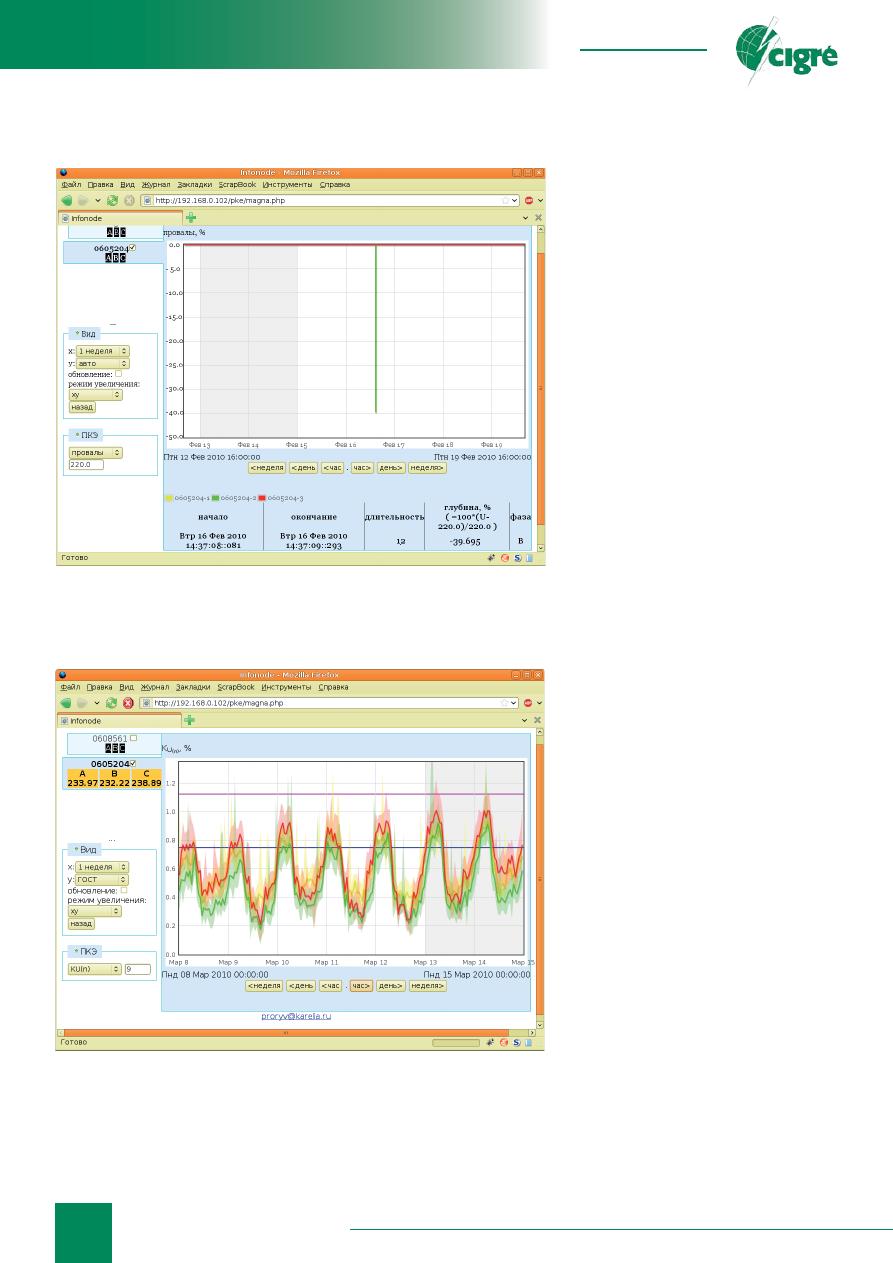
46
August 25–29, France, Paris
AEQDMS calculates SAIFI and SAIDI, enables
continuous monitoring of these indicators (Fig. 2) and
their analysis depending on the season, weather, energy
system condition and other concomitant factors.
At present, SAIDI and SAIFI are used as reliability
indicators with the aim of electric power transmission
service rating and service quality
estimation in Eastern Europe, North
America, some CIS countries, and a
number of grid organizations in Russia,
such as JSC “Russian Grids” (Rosseti)
and Irkutsk Power Grid Company.
The indicators re
fl
ect, among other
things, the wear rate of the equipment.
The outage frequency rate determines the
number of equipment emergency outages:
the higher its wear rate is, the more
frequent its outages are. Outage duration
includes organizational issues, i.e. how
quickly the de-energized or damaged
equipment is restored. It means that SAIFI
regulates technical conditions, while
SAIDI also takes account of organization
of business processes. Introduction of
these indicators requires learning to keep
record of parameters they consist of: a
multi-factor system of outage registration,
which includes, among other things,
categories of consumers and location of
these consumers in the network topology.
For example, one of power quality
indicators measured by AEQDMS is
voltage non-sinusoidality. Nonsinusoidal
voltage rises have impact on insulation of
cable transmission lines — single-phase
to ground faults occur more frequently
(Fig. 3).
Another key task of the RF energy
system development strategy is increasing
transparency of information associated with
power supply quality indicators. A centre
for data collection, calculation, information
reliability estimation and display, as
well as audit of reliability and quality
indicators will be created on the basis of a
specialized organization, which carries out
centralized supervisory control within the
Uni
fi
ed Energy System of Russia. Besides,
a methodology of comparative analysis
of power grid organizations based on
respective indicators and use of its results
for rating of these indicators with the aim
of tariff regulation for strengthening of
fi
nancial accountability of power grid
organizations for power supply quality and
reliability will be adopted on the level of
regulatory authorities; at that, at present,
calculation and systematization of SAIDI
и
SAIFI indices
in LLC “Gazprom Energo” are on the stage of development
and integration.
Due to the fact that as of 2012 the wear rate of LLC
“Gazprom Energo” power supply equipment is about 60%,
increasing energy system reliability requires continuous
Fig. 2. Recording of voltage dips and losses by
AEQDMS. As regards calculating SAIDI and SAIFI
Fig. 3. Recording by AEQDMS of voltage non-sinusoidality
indicator growth trend, exceeding rated values
within 7-day interval
Real Time Monitoring
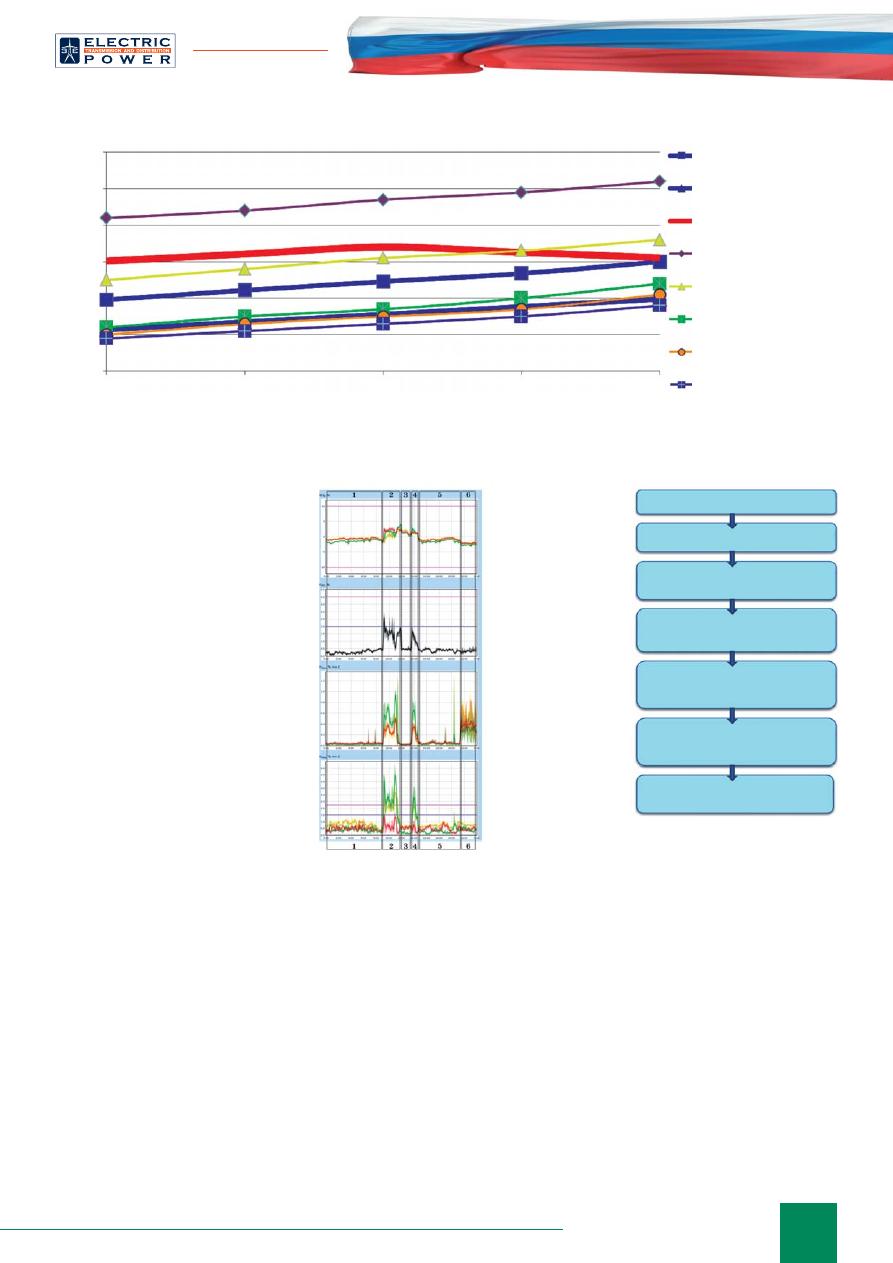
47
info@eepr.ru, www.eepr.ru
LLC “Gazprom Energo”
(operational wear)
LLC “Gazprom Energo”
(balance wear
Average rate across RF
(according to the Ministry of
Energy of RF)
Gazprom Dobycha Orenburg
Gazprom Dobycha Astrakhan
Gazprom Dobycha Nadym
Gazprom Dobycha Urengoy
Gazprom Dobycha Yamburg
2012
2008
Power supply equipment relative wear
-out
90%
80%
70%
60%
50%
40%
30%
2009
2010
2011
monitoring of power equipment
technical condition (Fig. 4).
In order to solve this task,
integration of a continuous real-
time equipment diagnostic system is
needed. Integration of a condition-
based diagnostic system will make
it possible to reduce grid company’s
expenses within the framework of
the investment program and current
expenses on various kinds of repair
works several times by extending
equipment life-time.
Also, real-time equipment
diagnostics can solve tasks of
fi
nding
sources of disturbances in the energy
system that in
fl
uence equipment
technical condition, reduce the time
between repairs, and, consequently,
cause electric power undersupply to
consumers (Fig. 5).
Only integration of a system of
identi
fi
cation and elimination of
sources of disturbances can enable
a grid company to extend power equipment life-time
by 10—15% and reduce the enterprise’s energy system
outage rate twice (Fig. 6).
Let’s outline some possible solutions to the speci
fi
ed
tasks upon AEQDMS integration in LLC “Gazprom
Energo” energy system.
EXTERNAL POWER SUPPLY
INTERRUPTION
Upon AEQDMS installation in power transmission
points on the border of operational responsibility with the
superior grid organization, LLC “Gazprom Energo” will
continuously have data about power quality indicators in
these points, and namely in this case — data about voltage
dips, their duration and cause (Fig. 7).
The given information will make it possible to
substantiate the power supplier’s fault and, in case of
Fig. 4. Relative wear rate of power supply equipment
Established voltage
deviation dUy
Negative-sequence
voltage unbalance
factor K2u
Non-sinusoidality
factor Ku(n)
2nd harmonic
Non-sinusoidality
factor Ku(n)
3rd harmonic
Power facility monitoring
Power facility “portrait”
Identi
fi
cation of power facility
operation modes
Identi
fi
cation of changes in power
facility operation modes
Diagnostics algorithm and
condition-based maintenance
Power facility operation forecasting
(estimation of remaining life)
Preventive measures (control)
Fig. 5. Task of identifying power equipment technical condition
based on current and voltage harmonics, diagnostics and
estimation of remaining life
generation technology violation by LLC “Gazprom
Energo” consumers, prove the company’s innocence. If
the power supply interruption continues longer than the
permissible period, LLC “Gazprom Energo” will be able
to
fi
le a complaint with a court of arbitration of RF about
the power supplier’s failure to provide the services and
request recovery of damages incurred.
Also, obtained information will make it possible to
justify the chosen category of power supply reliability
and, probably, prevent certain events that can take place
in the power grid. Obtaining real-time information about
energy characteristics, including power quality indicators,
will enable developing algorithms of diagnostics and
monitoring of power equipment based on current and
voltage harmonics analysis.
Thus, over 70% of all interruptions will be predictable
and preventable by respective measures.
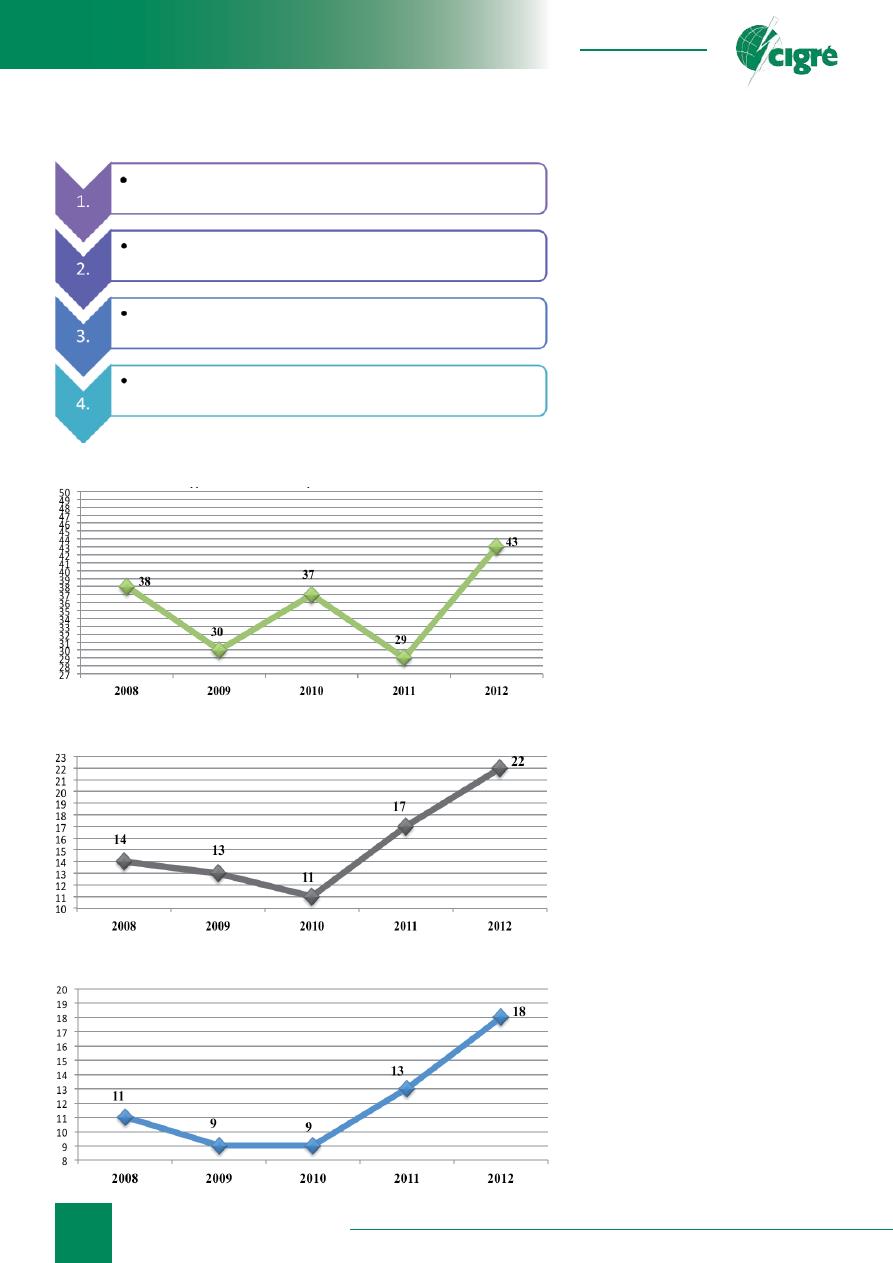
48
August 25–29, France, Paris
Real Time Monitoring
UNSATISFACTORY
TECHNICAL CONDITION
OF POWER
EQUIPMENT
As of 2012, the wear rate of LLC
“Gazprom Energo” external power
supply facilities makes up from 55%
(balance wear rate) to 70% (service
wear rate), with the wear rate increasing
during 5 years (2008—2012) by
5—10% in both cases (Fig. 8).
Solving this problem requires
installing AEQDMS on power equipment
infeeds. Obtained information will make
it possible to develop technologies of
power equipment condition-monitored
maintenance. In addition, these
measures can make electric power
consumers accountable for ensuring
required power quality.
OUTSIDE IMPACTS
While solving the two above-
mentioned tasks, we will have
AEQDMS in all basic points, which
will make it possible to conduct overall
monitoring of the energy system and
LLC “Gazprom Energo” equipment
condition. In its turn, it will enable
reporting about disturbances caused by
outside impacts by means of measures
taken in advance (Fig. 9).
In 2012 LLC “Gazprom Energo”
made a decision to build a System of
energy management on the basis of
ISO 50001: 2011. At that, AEQDMS
deployment will provide signi
fi
cant
advantages:
• LLC “Gazprom Energo” will have
access to objective information
lying in the basis of decision-
taking, planning and forecasting that
constitute management;
• AEQDMS deployment will give
impetus to development of innovative
technologies and algorithms of
reliability forecasting;
• AEQDMS integration will provide
real-time information for improving
the regulatory technical policy;
• AEQDMS as a management tool
promotes saving of energy resources;
• AEQDMS will make it possible to
take sound management decisions on
improving LLC “Gazprom Energo”
power supply system reliability.
Fig. 9. Outside impacts
Fig.7. External power supply interruption
Fig. 8. Unsatisfactory technical condition of power equipment
Fig. 6. Task of
fi
nding sources of disturbances in
the energy system
Taking a “portrait” snapshot of the power grid following
organization of its continuous monitoring
Diagnostics of disturbances in the energy system, for example,
those caused by an emergency
Forecasting situation development and taking management
decisions
Localizing the disturbance and reporting
Оригинал статьи: Solving Tasks of Preventing and Reducing LLC “Gazprom Energo” Power Equipment Malfunctions
Within the framework of implementation of JSC “Gazprom” energy strategy, LLC “Gazprom Energo” was assigned the role of a unified power grid company. LLC “Gazprom Energo” renders a full range of services on power supply of JSC “Gazprom” subsidiaries, as well as outside consumers by efforts of 11 branches in 42 subjects of RF.






